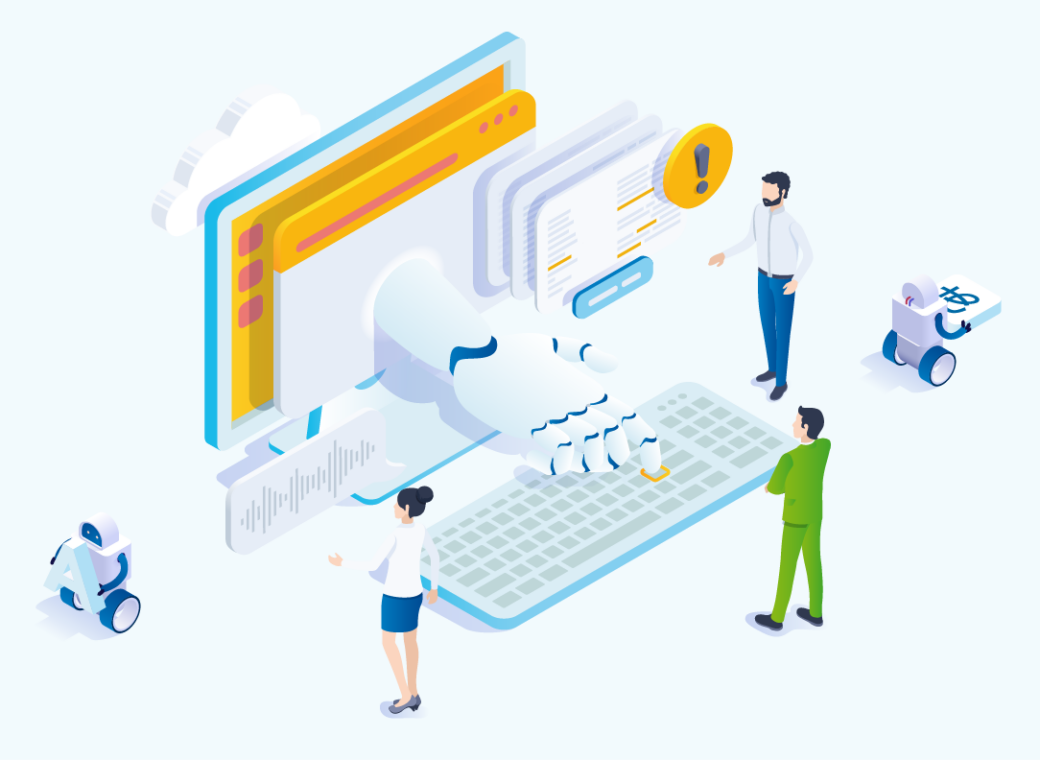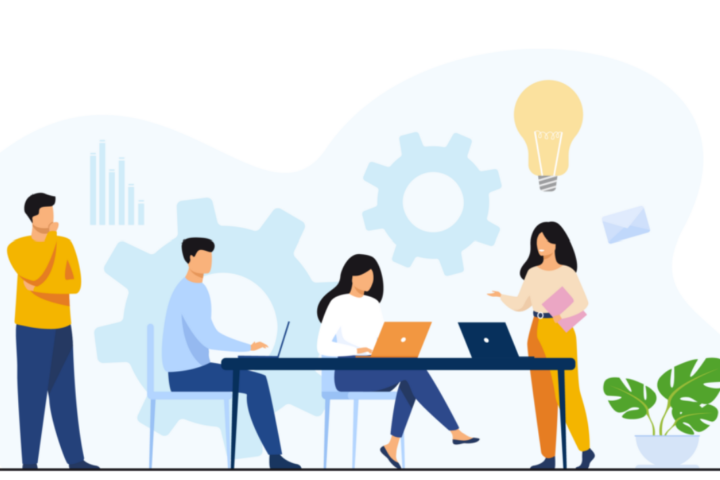[This article originally appeared on Kirti Vashee’s Blog]
This is the final post for the 2017 year, a guest post by Jean Senellart who has been a serious MT practitioner for around 40 years, with deep expertise in all the technology paradigms that have been used to do machine translation. SYSTRAN has recently been running tests building MT systems with different datasets and parameters to evaluate how data and parameter variation affect MT output quality. As Jean said:
” We are continuously feeding data to a collection of models with different parameters – and at each iteration, we change the parameters. We have systems that are being evaluated in this setup for about 2 months and we see that they continue to learn.”
This is more of a vision statement about the future evolution of this (MT) technology, where they continue to learn and improve, rather than a direct reporting of experimental results, and I think is a fitting way to end the year in this blog.
It is very clear to most of us that deep learning based approaches are the way forward for continued MT technology evolution. However, skill with this technology will come with experimentation and understanding of data quality and control parameters. Babies learn by exploration and experimentation, and maybe we need to approach our continued learning, in the same way, learning from purposeful play. Is this not the way that intelligence evolves? Many experts say that AI is going to be driving learning and evolution in business practices in almost every sphere of business.
Artificial Intelligence is the subject of all conversations nowadays. But do we really know what we are talking about? And if instead of looking at AI as a kind of software that is ready to use and potentially threatening for our jobs, what if it was thought to be an evolutionary digital entity, with an exceptional faculty of learning? Therefore, breaking with the current industrial scheme of the traditional software that requires code to be frozen until the next update of the system. AI could then disrupt not only technology applications but also economic models.
Artificial Intelligence does not have any difficulty to quickly handle exponential growing volumes of data, with exceptional precision and quality. It thus frees valuable time for employees to communicate internally with customers, and to invest in innovative projects. By allowing an analysis of all the information available for rapid decision-making, AI is truly the corollary of the Internet era, which is also the result of all threats, whether virtual or physical.
Deep Learning and Artificial Neural Networks: an AI that is constantly evolving
Deep Learning and artificial neural networks offer infinite potential and a unique ability to continually evolve in learning. By breaking with previous approaches such as the statistical data analysis approach which demonstrates a formidable, but trivial memorization and calculation capacity, like databases and computers, the neuronal approach gives a new dimension to artificial intelligence. For example, in the field of automatic translation, artificial neural networks allow the “machine” to learn languages as we are in an immersion program abroad. Thus, these neural networks have never finished learning, after their initial learning, they can continue to evolve independently.
A Quasi “Genetic Selection”
Training a neural model is, therefore, more akin to a mechanism of genetic selection, such as those practiced in the agro-food industry, than to a deterministic programming process: in all the sectors used by neural networks, the AI is selected to keep only those learnings that progress best and the fastest or most adaptable to a given task. These AI techniques that are used for automatic translation are even customized according to customer needs – business, industry and specific vocabulary. Over time, some AI techniques will grow in use, and others will disappear because they will not demonstrate enough learning and will not be sufficiently efficient. DeepMind illustrates this ability to the extreme. It was at the origin of AlphaGo, the first algorithm to beat the human. AlphaGo had learned thousands of games played by human experts. The company then announced the birth of an even more powerful generation of AI. It managed to learn the game of Go without playing games played by humans, but “simply” by discovering, all alone and in practice, the strategies and subtleties of this game in a fraction of the time of the original process. Surprising, isn’t it?
Machines and Self-Learning Software
The next generation of neural translation engines will exploit this intrinsic ability of neural models to learn continuously. It will also build on the ability of two different networks to have unique pathways of progress. Specifically, from the same data, like two students, these models can improve by working together or competing against each other. This second generation of AI is very different because not only does it have models taught from existing repositories (existing translations), but just like newborn ones, they also learn to… learn over time, placing them in a long perspective. This is the lifelong learning: once installed in production, for example in the customer information system, AI continue to learn and improve.
In any case, until the AI is seen as a total paradigm shift, it will continue to be seen as software 2.0 or 3.0. A vision that hinders innovation and could make us miss all of its promises, especially to free ourselves from repetitive tasks to restore meaning and pleasure to work.
[Source]





